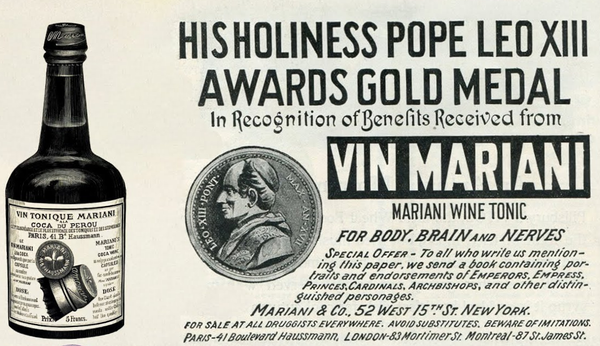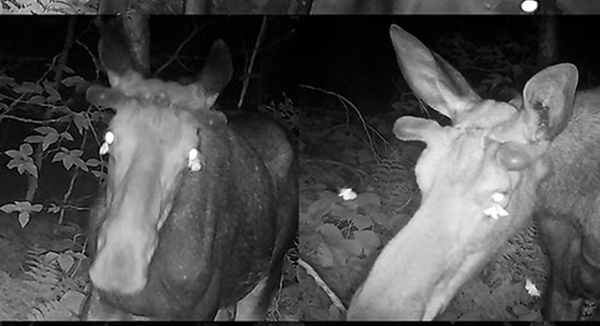He changed brain science while working as a janitor

From Nautilus: "The 60-year-old man lying on the street, as far as anyone knew, was just a janitor hit by a drunk driver. There was no mention of it on the local news, no obituary in the morning paper. His name might have been Anonymous. But it wasn’t. His name was Peter Putnam. He was a physicist who’d hung out with Albert Einstein, John Archibald Wheeler, and Niels Bohr, and two blocks from the crash, in his run-down apartment, where his partner, Claude, was startled by a screech, were thousands of typed pages containing a groundbreaking new theory of the mind. “Only two or three times in my life have I met thinkers with insights so far reaching, a breadth of vision so great, and a mind so keen as Putnam’s,” Wheeler said in 1991. And Wheeler, who coined the terms “black hole” and “wormhole,” had worked alongside some of the greatest minds in science. Robert Works Fuller, a physicist, told me in 2012, “Putnam really should be regarded as one of the great philosophers of the 20th century.”
The word bear was coined because people were afraid to call them by their real name

From Now I Know: "The word bear is derived from the Proto-Germanic term 'beron,' meaning 'the brown one.' It’s not all that uncommon for words to be derived from descriptive terms; the initial names of things have to come from somewhere, after all. But bear is somewhat special because, apparently, 'beron' wasn’t the animal’s first name. Rather, according to linguistic experts, the term 'beron' is a euphemism for the animal’s original name. Our ancestors were so worried about bears, they didn’t even want to name them because they feared the bears might overhear and come after them. So they came up with this word bruin, meaning “the brown one” as a euphemism, and then bruin segued into bear. We know the euphemism, but we don’t know what word it replaced, so bear is the oldest-known euphemism. Some linguists believe the original term was a variation on the word 'htrkos,' a reference to the Arctic."
A desire for the bones of a mythical 'devil fish' is threatening the supply of a real fish

From The Conversation: "From the Loch Ness monster to Bigfoot, also known as Sasquatch, mythical animals have long captured human imagination. Some people are so fascinated with mythical creatures that they create their own, either working from pure fantasy or by modifying real animals. In countries such as Mexico, people are catching, drying and shaping guitarfishes – members of the rhino ray family, one of the most threatened groups of marine fishes – to create mythical specimens called “pez diablo,” or devil fish. Depending on where these curios are sold, they might also be referred to as garadiávolos or rayas chupacabras. We found that pez diablo are made for many reasons, including as curios for the tourist trade and as purported cures for cancer, arthritis and anemia. Some are simply used for hoaxes. Regardless, experts believe that the pez diablo trade could severely threaten the survival of guitarfishes."
Hi everyone! Mathew Ingram here. I am able to continue writing this newsletter in part because of your financial help and support, which you can do either through my Patreon or by upgrading your subscription to a monthly contribution. I enjoy gathering all of these links and sharing them with you, but it does take time, and your support makes it possible for me to do that. I also write a weekly newsletter of technology analysis called The Torment Nexus.
In the 1800s Paris had a huge network of pneumatic tubes underneath the city

From Messy Nessy Chic: "Years before the Paris Métro opened, there was another subterranean transport system rattling away beneath the city streets. Instead of messages floating around in the internet ether of apps and social networks, if you wanted to send a note to someone in your city in the 19th century, you tube. A network of sealed lines laid in the Paris sewers carried your correspondence from A to B, in style. Although snuggled up alongside the stinking sewers, these metal tubes were dashing in their looks as well as their speed. During the Second Empire, electrical telegraphy, otherwise known as the texting of the 19th century, was so popular in Paris that telegraph lines became overloaded. History took a pause and thought, let’s go back to old fashioned pen and paper. From 1866, in order to avoid ground traffic, telegrams were written and rolled up into canisters which zoomed through steel tubes under the streets using a suck and blow air pressure technique, like shooting a pea through a straw."
Reindeer are one of the few animals that can see UV light and scientists think they know why

From Popular Science: "To survive the dark and snowy Arctic winters, reindeer have evolved unique visual systems. Their eyes change color to adjust to the huge swings in sunlight between Arctic summer and winter, but may do even more to help them forage. A study published in the journal i-Perception found that their eyes may have evolved to see light in the ultraviolet spectrum to help them find their favorite food in their desolate home. Reindeer primarily eat Cladonia rangiferina, which is appropriately nicknamed reindeer moss. This plant is not a moss, but a species of algae-fungus called lichen. When up against snow, the white lichen is invisible to the human eye. However, co-authors Catherine Hobaiter and Julie Harris from the University of St. Andrews found that some lichen species that supplement the reindeer diet absorb ultraviolet (UV) light, and may look like dark patches against a bright landscape to the reindeer. They stand out like Dalmatian spots and are easier for the reindeer to locate."
How drones could be used to help fight fires
Firefighting using drone technology
— Science girl (@gunsnrosesgirl3) June 18, 2025
pic.twitter.com/kY7RbLWmzb
Acknowledgements: I find a lot of these links myself, but I also get some from other newsletters that I rely on as "serendipity engines," such as The Morning News from Rosecrans Baldwin and Andrew Womack, Jodi Ettenberg's Curious About Everything, Dan Lewis's Now I Know, Robert Cottrell and Caroline Crampton's The Browser, Clive Thompson's Linkfest, Noah Brier and Colin Nagy's Why Is This Interesting, Maria Popova's The Marginalian, Sheehan Quirke AKA The Cultural Tutor, the Smithsonian magazine, and JSTOR Daily. If you come across something interesting that you think should be included here, please feel free to email me at mathew @ mathewingram dot com



